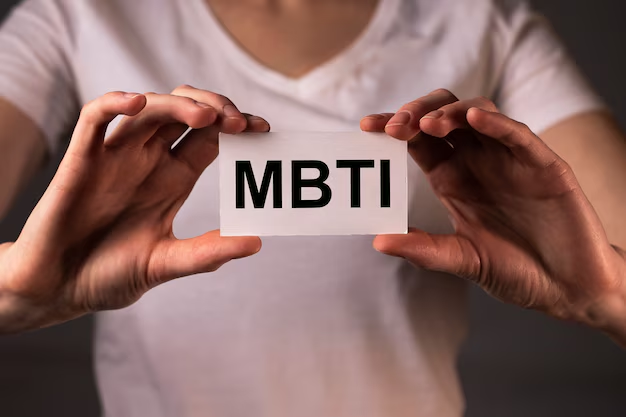How to Become an MD: Navigating the Educational Path
Becoming a Medical Doctor (MD) is a journey marked by rigorous education and training, designed to equip future physicians with the skills and knowledge to deliver quality healthcare. The journey begins with a Bachelor’s degree, typically in the sciences, where aspiring doctors build a strong foundation in subjects like biology and chemistry. This degree acts as the gateway to medical school, where the real transformation begins. Students must then tackle the Medical College Admission Test (MCAT), a critical step in gaining admission to a reputable medical program.
Following acceptance into medical school, students embark on an intense four-year curriculum, honing their expertise through coursework and clinical rotations. These years are crucial in offering hands-on experience in various medical specialties. Upon graduation, the next milestone is securing a place in a residency program, which can last anywhere from 3 to 7 years depending on the chosen specialty. This is the period where theoretical knowledge is put into practice, under the supervision of experienced doctors. Finally, MD candidates must obtain licensure by passing the United States Medical Licensing Examination (USMLE), ensuring they meet the necessary professional standards to begin independent practice.
Key Steps to Becoming a Medical Doctor (MD):
- 🎓 Bachelor’s Degree in Sciences
- 📚 MCAT (Medical College Admission Test)
- 🏥 Med School (4 Years)
- 🩺 Clinical Rotations
- 🔍 Residency Program (3-7 Years)
- 🛡️ USMLE (United States Medical Licensing Examination)

Related Topics
- Becoming A Neurosurgeon
- Becoming A Pediatrician
- Becoming Physician Assistant
- Becoming A Surgeon
- Becoming A Doctor
- Becoming Brain Surgeon
- Becoming Cardiothoracic Surgeon
- Becoming Family Physician
- Forensic Pathologist Duration
- Becoming A Gyno
- Heart Surgeon Timeline
- Orthopedic Surgeon Training
- Pediatric Dentist Duration
- Pediatric Doctor Timeline
- Pediatric Surgeon Training